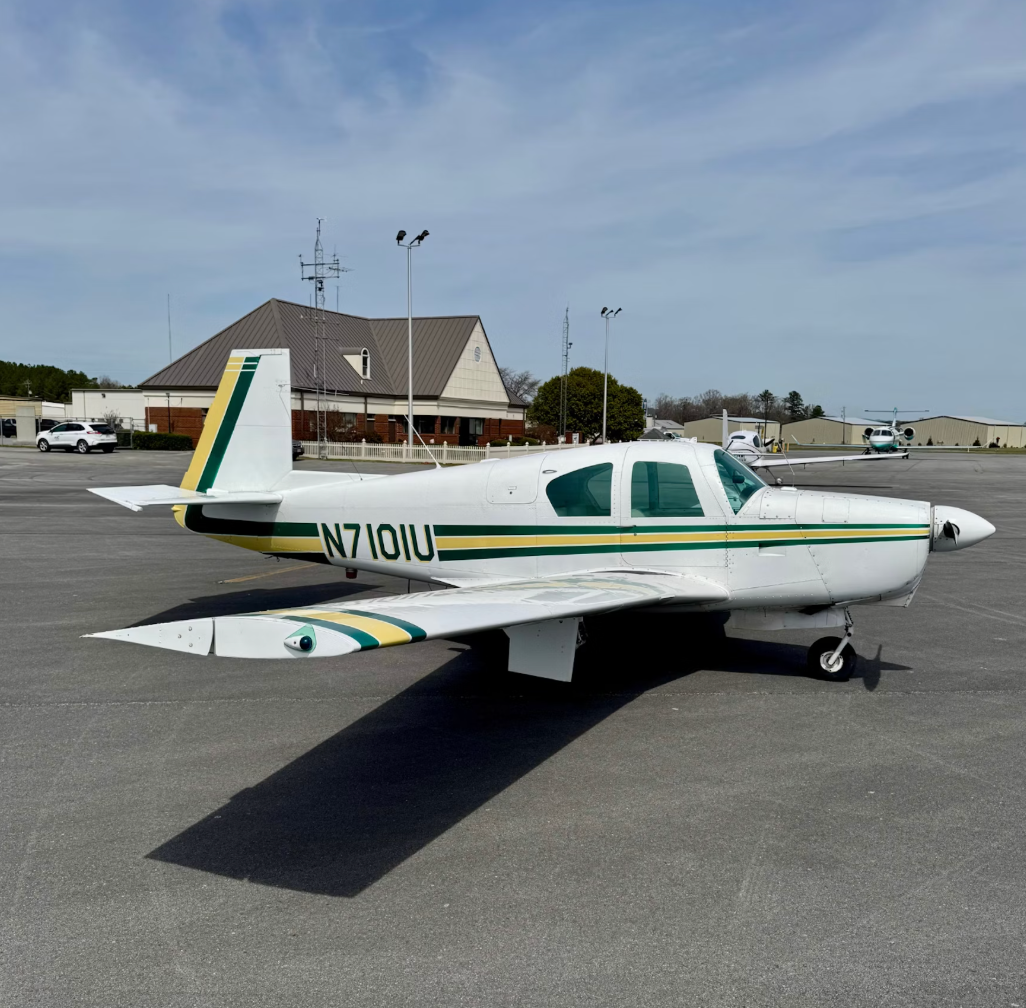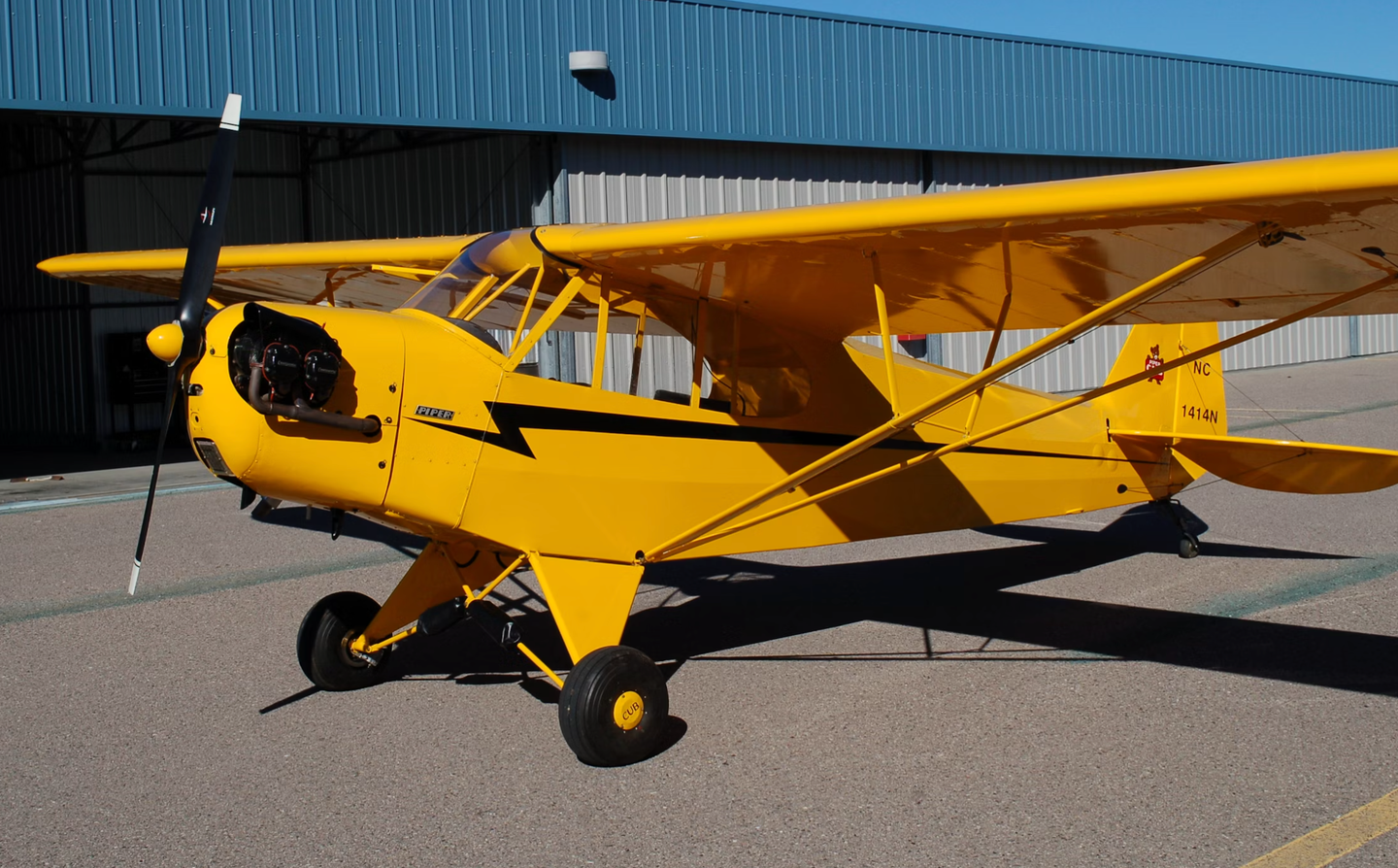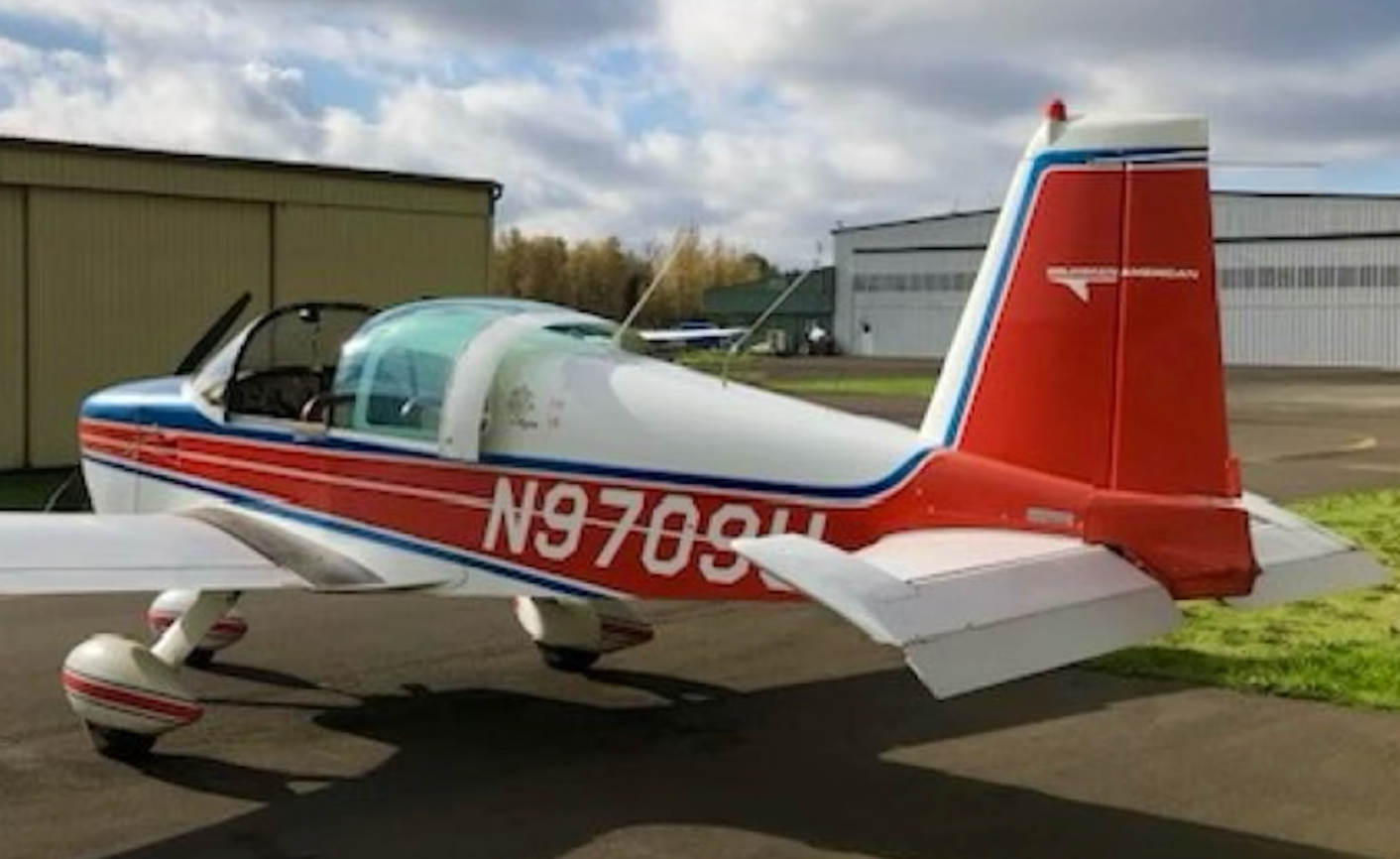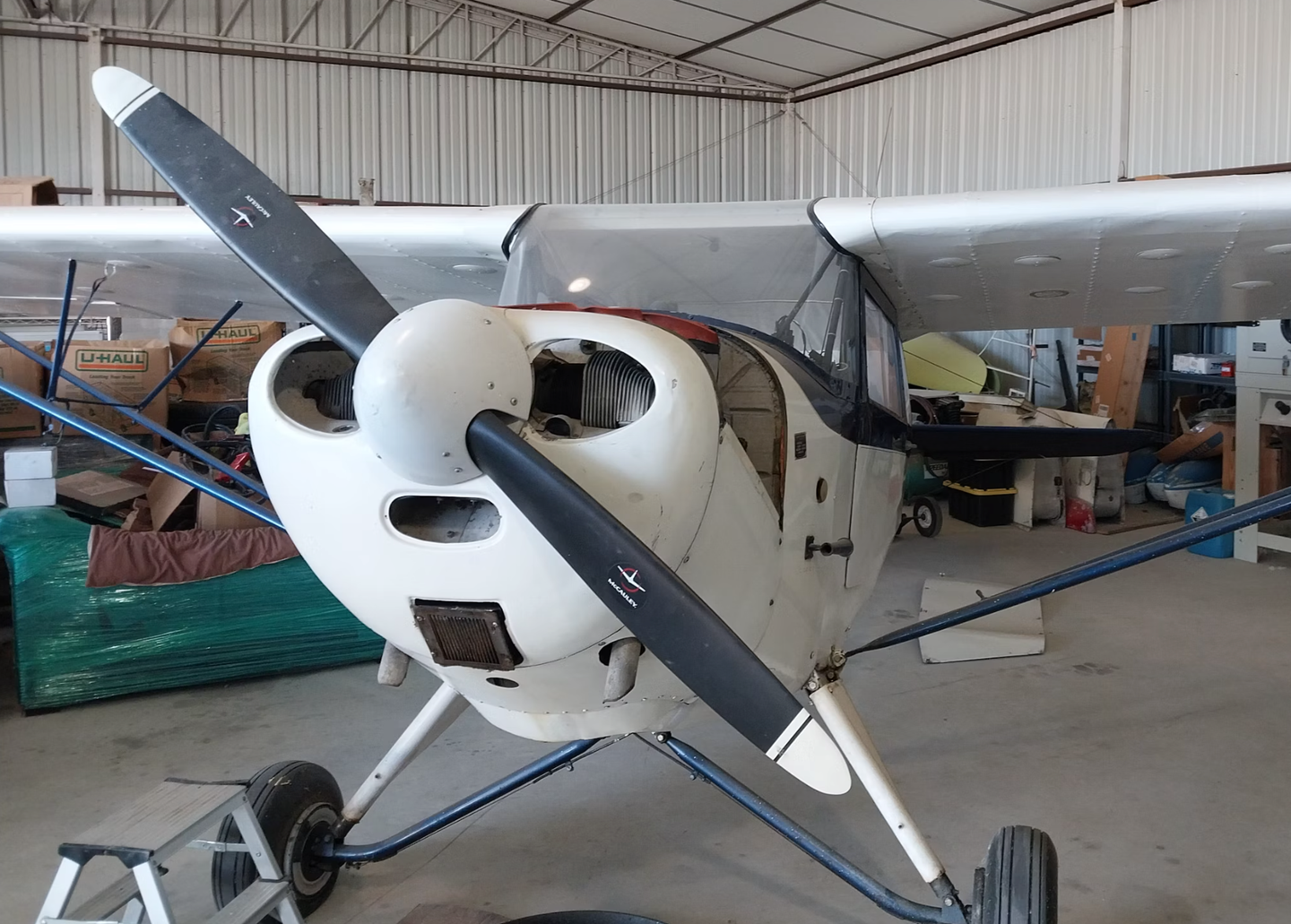Every 40- to 60-year-old twin will have strengths and weaknesses, meaning there's no perfect model. From a happy ownership standpoint, the best choice is having good service and parts support in close proximity to your home base. An old orphan twin takes a lot of inventive scrounging to keep in the air, which translates into money and downtime.
Before light twins came along, the only entry-level twin-engine business plane would have been a Model 18 Twin Beech. Clearly, the market needed something smaller that the bosses could fly on their own. The oldest light twin designs date from 1952, with the introduction of the Aero Commander and the Beech Twin Bonanza. Both used geared six-cylinder Lycomings with Bendix pressure carburetors, producing 260 hp per side; later versions of them benefited from increased horsepower and fuselage stretches. While great airplanes for their time, these early twins with geriatric Lycoming GO-series engines are not recommended for a first-timer.
The Commander, A Real Twin
Ted Smith's impressive Aero Commander, built in Bethany, Oklahoma, by Aero Design & Engineering and subsequently by Rockwell International, was a true executive-twin design, with a cockpit set up like an airliner's---control columns sprouting from the floor, an aft entrance door, engines and props following behind the front office. Easy to board and a dream to fly (once you learn to taxi with the power steering), it's a pilot's airplane.
The Commanders had no earlier company history of single-engine design, so they were a fresh departure, incorporating a light-bomber ramp presence. The fuel supply and baggage hold were located where a bomb bay would have been. The high wing and huge tail made for stable cruising, but the overhanging engines and wing darkened the five-seat aft cabin. Wing spar Ads were an issue, but most have been fixed long ago. Look for a later one with direct-drive Lycoming engines, like the 500B, U and S models built in the 1960s and ’70s. Twin Commander Corporation and its affiliates support the piston and turboprop Commanders.
The Hot Rod"Ted Smith‘s Aerostar
After visionary aircraft designer Ted Smith originated the Aero Commander, he went on to create the Aerostar twin line. He envisioned Aerostar models from a single to a jet, all based on his mid-wing speedster. First appearing in 1969 as the Aerostar 600 and turbocharged 601, the airplanes went through multiple ownerships over 15 years of production, including Mooney and Piper.
If you want to fly fast and high, an Aerostar is probably the ultimate answer to your needs. The most popular models, the 601P, 602P and 700P, are pressurized to take advantage of the design's potential. It's a stout, well-built airframe, seating six and using the Lycoming IO-540 series of a nominal 290-hp (the 700P had 350-hp engines). Capable of 260 knots (300 mph) up high, an Aerostar easily tops 220 knots at medium altitudes.
After Piper Aircraft ended Aerostar production in 1984, parts and technical support shifted to Aerostar Aircraft in Idaho, and there is an active owner's group to share experiences. Maintenance requires specific knowledge and familiarity with the design, as Aerostars are compact and crowded to work on.
Beech‘s Lighter Twins
Notwithstanding its name, the 1950s Beech Twin Bonanza had nothing in common with a Bonanza other than the planform of its outer wing panels. Original seating was Buick-like, three across in front and back, boarded by climbing retractable stairs onto the wing and stepping down through a side door. From the cockpit, it's easy to see the T-Bone foundation of the King Air. Unless it is converted, you'll have to accommodate the needs of the geared Lycoming engines that powered all Twin Bonanzas.
Over the years, much has been made of the Beech Twins' out-of-order power quadrant and gear/flaps arrangement. It all began with the 1937 Model 18 Twin Beech; Walter Beech simply copied the layout of contemporary airliners, which had the throttles in the middle, with props on the left and mixtures on the right, so two pilots had equal access to the go-levers. The gear switch was to the right of the quadrant because it was a co-pilot's job to move it. The 1952 Model 50 Twin Bonanza simply followed suit, and so did the Travel Air and Baron that came later. You just learn to deal with it.
By the late 1950s, it was obvious that a Twin Bonanza had become too much airplane for many step-up buyers, so a true Twin Bonanza was needed. In 1958, Beech introduced the Model 95, first called the "Badger" but quickly renamed "Travel Air." To develop it, the Bonanza wing was widened slightly, 180-hp Lycoming engines were mounted on each side, and a big conventional tail from the T-34 military trainer was fitted, leaving the Bonanza's four-seat fuselage essentially intact. With its center-mounted throw-over control column, the instrument panel had to be expanded vertically to accommodate the power levers and extra gauges, with an enlarged fuel selector adjacent to the pilots' knees.
Down the street in Wichita, Cessna had been selling a bunch of its model 310 twins, which featured six-cylinder Continental powerplants, so in 1961, Beech strapped a larger and swept vertical fin onto the Travel Air, mounted 260-hp Continental IO-470s, and created the Model 55 Baron. Ostensibly seating six by shifting baggage into the nose, the Baron was still a Bonanza at heart, but it gave Beech a competitor and was a joy to fly with its increased power. When the Bonanza 36 came along with side doors and six seats in 1968, it was logical to expand the Baron similarly into the 1970 Baron 58, which is still being built. Along the way, Barons have acquired available turbocharging and pressurization, an updated instrument panel arrangement and 300-hp engines. My favorite Baron is still the B55.
With the Travel Air out of production since 1968, Beech Aircraft needed a lighter twin than the burly Baron. The solution was the Duchess, a twin-engine conversion of the Sierra light retractable. The new tee-tailed four-seater with doors on both sides debuted in 1978. Using counter-rotating 180-hp O-360 Lycomings, it did a great job as a trainer and personal runabout, lasting for five years and 437 units of production before Beech ceased production in 1983.
Beyond the Barons, Beech added the pressurized Duke to its line in 1968. It might be considered more of a "heavy light twin" due to its weight and complexity. Purpose-built as an ultimate personal transport for the Beechcraft buyer who was ready for more but maybe not ready for a King Air, it offered airliner amenities and remains highly sought after.
Twin Cessnas
Cessna Aircraft, meanwhile, was no stranger to light twins, having built thousands of wood-and-steel T-50 utility twins mostly for the war effort, from 1939 to 1944. Visionary Cessna president Dwane Wallace no doubt knew Bill Piper's company was developing a light twin for the business pilot, so he leapt to the fore with the radical-for-its-time Cessna 310, introduced in 1954. Wallace didn't like having fuel tanks near the cabin, thus his 310 featured wingtip tanks, adding an end-plate effect to the short wings. The tall, completely enclosed landing gear folded away electrically, and the compact engine nacelles featured jet-like overwing exhaust afterbodies. DC-3-style split flaps added necessary drag for landing.
Unsullied in design influence by Cessna's high-wing singles, the 310's cockpit was wide, the pilot's station reached by slipping between the seats, as with the T-50. The throttle and trim quadrant were at knee height, fuel selectors were recessed on the floor, and instruments and radios were accommodated across the broad dash. Seating was for three in back, two in front, with baggage in the tail.
Pursuing Wallace's canny marketing strategies, the Cessna 310 continually evolved from its basic 1954 design in small and large ways. Power advanced from 240 carbureted horsepower to 260 fuel-injected ponies, eventually to 285 hp per side, with optional turbocharging. Fuel tankage was augmented by auxiliary in-wing cells, the tip tanks and vertical tail were slanted, the nose was enlarged, and storage lockers were added behind the engine nacelles, which had gone to underwing exhausts. Everyâyear, Cessna added something to the 310 to entice buyers to trade up to a newer model.
The 310 begat prodigiously, beginning with the 1962 turbocharged 320, followed by the 1965 cabin-class 411, the 1967 eight-seat 401/402, the 1968 pressurized Cessna 421, the 1970 414 and the 1972 340, all tracing back to their 1954 progenitor. After the 1981 model year, Cessna replaced the old 310 with a promising, modernized T303 Crusader, produced for only three years; it was a very well-mannered light twin that really "coulda been a contendah" in better times.
When it comes to the best choice of short-nose Cessna 310s, I like the 1970-'71 310Q, with a straight-up nosegear for easier taxiing control and 200 pounds more gross weight than the 310P. The long-nose 310R, introduced in 1975, has more utility but not the ramp appeal. One has to learn to manage the fuel systems of the tip-tanked Cessna twins, but there are otherwise few shortcomings. Only the early "tuna tank" models had any noticeable (but minor) issues with roll-control feel.
We'd be remiss without mention of Cessna's outlier Skymaster light twin, often derided as the "Mixmaster" or "Skysmasher." In concept, it brilliantly eliminated all the objections posed by wing-mounted engines; by placing the two engines in line, on both ends of the fuselage, there could be no engine-out loss of control from asymmetric thrust or tardy decisions by a slow-acting pilot. That Cessna could pull it off and keep production going for 17 years is a testimony to tenacity.
Skymasters were and are as easy to fly as a heavy single, albeit they only sluggishly maintain altitude on one engine, particularly if the more effective rear engine is lost. And they look rakishly nice in flight, like a P-38 fighter plane, once the gear is up. But keeping the engines fore-and-aft meant all their noise and vibration was transmitted to the cabin, and the high-revving IO-360 210-hp Continentals carried their signature howl to ground observers. Maintenance access was crowded in the allotted space, and the twin-boom configuration caused some annoying "boom shake." The crowded six seats had to be accessed from only a single door up front, rendering the Skymaster basically a four-place airplane if any baggage was carried.
Still and all, if the Skymaster's quirks are understood and accommodated, it's a credible performer, even available in turbocharged and pressurized versions. That said, it's still a twin and will require considerable expenditure of funds to keep in the air. Avoid the many add-on mods for Skymasters, which only add to the plane's complexity.
Grumman Cougar Light Twin
Coming late to the twin party in 1978, the GA-7 Cougar was developed just before Grumman sold its general aviation interests to what became Gulfstream Aerospace, which actually built the Cougar. However, the GA-7 is usually referred to as a "Grumman" in keeping with the single-engine airplanes produced by the company's previous proprietors. Built for only two years and 110 units before Gulfstream abandoned light airplanes, the little Cougar managed to give creditable performance on a mere 160 horsepower per side.
The four-seat cabin could be reached by a wingwalk and door on the right side. The landing gear stowed with an electrically driven hydraulic powerpack, while the flaps were electric. Baggage compartments were in the nose and aft fuselage, and the rear seats could fold flat for cargo. The Cougar's full-fuel payload was minimal, thanks to 118-gallon fuel tanks that were rather superfluous given the O-320's minimal fuel consumption.
As a twin trainer, the Cougar had a lot going for it. Its mediocre single-engine performance encouraged strict adherence to engine-out procedures to get any S/E climb at all. Yet its powerful rudder and low power delayed the Vmc encounter to below stalling speed, rendering it irrelevant. Multi-engine airplanes, even light ones, are not required to demonstrate spin recovery for certification, so one doesn't normally want to approach a stall condition, let alone one with asymmetric power. Not so with the GA-7.
The Cougar was a pussycat to fly and teach in, with none of the single-engine fixed-gear Grummans' sliding-canopies and swiveling-nosegear quirks. It's too bad more of them weren't built. It could have been a great foundation for a high-performance single.
Piper‘s Twins
Piper's twin-engine airplanes ran the gamut from very light to super muscular. In the early 1950s, seeing the sales opportunity in businessman pilots wanting to step up from their Tri-Pacers, Piper was inspired by the potential in a little twin design it had picked up from its acquisition of Stinson Aircraft. Reworked with more horsepower, a bigger single tailfin and all-metal construction, the resulting Apache initiated a tradition of bestowing Native American names on Piper's products.
Introduced in 1954, the Piper PA-23's had little four-cylinder 150-hp engines that kept it from directly competing with Cessna's flashy 310, but it could carry five sedately in a roomy cabin. With a 160-hp upgrade in 1958, it was built for eight years. Using the same basic airframe, the follow-on Aztec came out in 1960 with 250-hp six-cylinder engines and a stabilator-type horizontal tail derived from the Comanche high-performance single. With the Aztec B's longer nose in 1962 and the Aztec C's 260-hp fuel-injected engines in 1964, Piper soon had a very capable six-seat light twin, remaining in production until 1981. There was even a half-Aztec economy version with 235-hp carbureted engines, the Apache 235, built from 1962 to 1965.
In 1963, Piper introduced a successor to the Apache, a twin-engine conversion of the Comanche designed by Ed Swearingen. With 160-hp fuel-injected engines, the little Twin Comanche seated four in comfort (six with less comfort, using baggage-compartment seats in the 1966 Twin Comanche B), cruising 20 knots faster than the old Apache with the same horsepower. Like the Apache, the Twin Comanche didn't offer much single-engine performance, but it delivered twin-engine pizzazz on a total fuel burn of 15 gph, with appealing ramp presence.
The PA-30 Twin Comanche was eventually given counter-rotating engines to tame some of the engine-out handling shortcomings encountered when it was pushed into a twin-trainer role, becoming the PA-39 Twin Comanche C/R. The "Twinkie" was never as forgiving as the old "Sweet Potato" Apache, but given due respect, it did a great job.
After a massive hurricane-induced flood ruined Piper's Pennsylvania factory in 1972, the Comanche production line was permanently closed. Fortunately, the Florida-based division of the company had a twin-engine adaptation of the Cherokee Six already in production called the PA-34 Seneca. With 200-hp normally aspirated engines, the Seneca married the PA-32 single's wide-body fuselage with retractable gear sized up from the Arrow. The single-engine retractable PA-32R Lance didn't show up until 1976. By that time, the Seneca's mission had been redefined from a personal twin into a more utilitarian role.
The original Seneca had seven seats, like the Cherokee Six, but it couldn't use them all until the gross weight was raised from 4,000 pounds to 4,200. That increase pretty much wiped out the Seneca's already-anemic single-engine performance, so in 1975, the Seneca II appeared with turbocharged six-cylinder Continentals, limited to 200-hp at sea level but capable of generating 215 hp at 12,000 feet. That restored some engine-out service ceiling, even with another 370 pounds of gross weight.
Problem was, the Seneca II's zero-fuel weight limitation restricted it from hauling full passenger loads. The solution was the 1981 Seneca III's stronger structure; coupled with 220-hp engines, it finally became the Aztec replacement charter operators were looking for.
Meanwhile, because the Seneca had outgrown its original personal twin and multi-engine trainer mission, Piper got creative, and in 1979, it came up with the PA-44 Seminole, a twin-engine variant of the Arrow light retractable single. A simpler four-seater with carbureted 180-hp four-cylinder Lycoming engines, the Seminole has become the near-universal twin trainer and is a comfortable step-up for single-engine PA-28 pilots.
Although its gross weight exceeded the 6,000-pound light-twin criterion, the PA-31 Navajo gave Piper a cabin-class utility twin for business and charter users. First appearing in 1967, the Navajo could seat eight or nine powered by 310-hp turbocharged Lycomings or, in 1968, optional 300-hp normally aspirated engines. Over the years, it was stretched to seat 10, pressurized and upgraded to counter-rotating 325-hp engines and even grew into the turboprop-powered Cheyenne series.
By the early 1980s, the demand for light twin-engine airplanes had dwindled, and the number of models being produced had drifted away; only the Beech Baron 58 and Piper Seneca and Seminole endured into the 21st century. The large number of used legacy twins built in the 1970s provides plenty of choices for those would-be owners who need, or just want, two engines to carry big loads far and fast or are seeking the redundancies offered by that extra motor.

Subscribe to Our Newsletter
Get the latest Plane & Pilot Magazine stories delivered directly to your inbox






